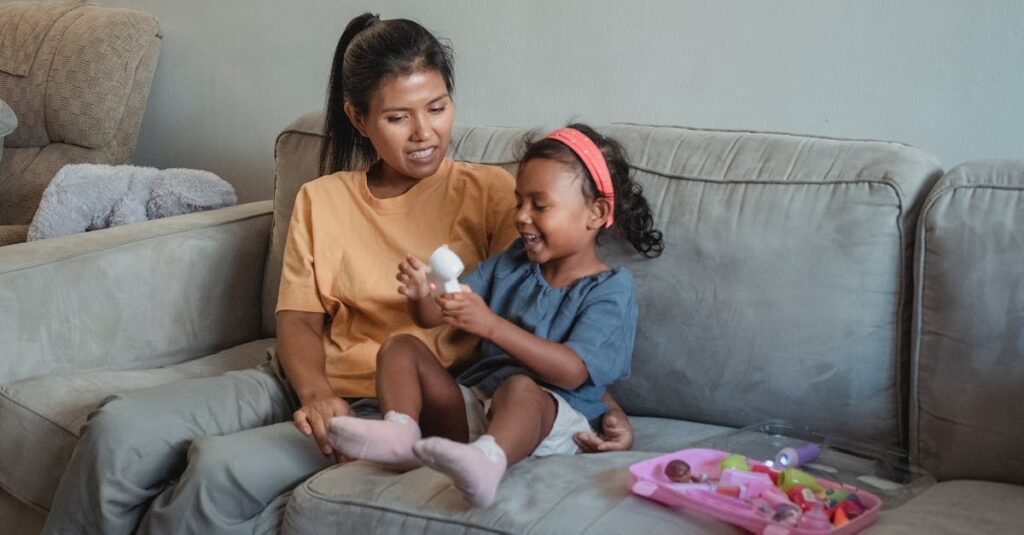The Digital Age in Pre-school Education
We’re living in a time where toddlers can swipe before they can walk. Yes, the digital revolution has even reached the playroom. Today, pre-schoolers have access to educational tools that are more advanced than ever. From interactive apps to smart toys, learning has taken a new turn. Yet, as a parent, it’s natural to worry about screen time and the importance of traditional play. How do we strike the right balance? Well, let’s dive into this digital wonderland and explore how these tools can complement your child’s growth. Think of it as mixing broccoli into mac and cheese—getting the best of both worlds.
Why ChatGPT? Unpacking the Hype
Now, let’s talk about ChatGPT—this fascinating AI that’s seemingly everywhere. Can it teach your preschooler their ABCs and 123s? Surprisingly, yes! ChatGPT offers interactive conversations tailored to suit your child’s learning pace. Unlike traditional tools, this AI can adapt and evolve its teaching style according to your child’s responses.
Imagine having a quirky, patient, and knowledgeable tutor available 24/7. Sounds too good to be true? Well, I was skeptical too until I saw my own kiddo asking it everything from ‘Why is the sky blue?’ to ‘How do kangaroos jump?’. It’s like having a library, teacher, and friend rolled into one.
Balancing Screen Time and Playtime
Balancing Screen Time and Playtime: Here’s the parental paradox—screens are both a blessing and a curse. While ChatGPT offers unique learning opportunities, it’s essential to create a balanced schedule.
Encourage your child to spend time outdoors, engage in pretend play, and interact with peers. Think of ChatGPT as a nutritious snack, not a full course meal.
Our living room looks like a mini jungle gym, thanks to the trampoline, building blocks, and drawing boards scattered around. The key is moderation. Use digital tools as supplements, not substitutes, for real-world interactions.
Practical Tips for Parents
So, how can you effectively incorporate ChatGPT into your child’s learning routine? Start with supervised sessions. Let your child ask questions but also guide the interaction. Encourage curiosity but set time limits. I’ve found that using ChatGPT right after naptime works wonders for my kid—it’s like their brain is a sponge ready to soak up new information. Plus, make it a game! Kids love challenges, so create small learning goals they can achieve. Trust me, the joy on their face when ChatGPT congratulates them is priceless.
Sharing Experiences: Join the Conversation
Parenting in the digital age is no small feat, and every bit of advice helps. Have you tried using ChatGPT or other digital tools with your preschooler? What worked? What didn’t? I’d love to hear your stories. Sharing our experiences can make us all better equipped to navigate this exciting yet daunting world of digital education. So, drop a comment below, share your tips, or even funny moments. Let’s build a community that learns and grows together. Remember, parenting is a journey best traveled with friends!
Join the conversation now and contribute to creating a supportive community of parents embracing digital tools for education.
Related Posts:
- Engaging Young Minds with AI: ChatGPT Insight
- Optimize Your Child’s Learning with ChatGPT
- AI Tools in Early Education: Decoding Usage
- ChatGPT Revolutionizes Pre-school Learning
- Unlock Preschooler Potential with ChatGPT

